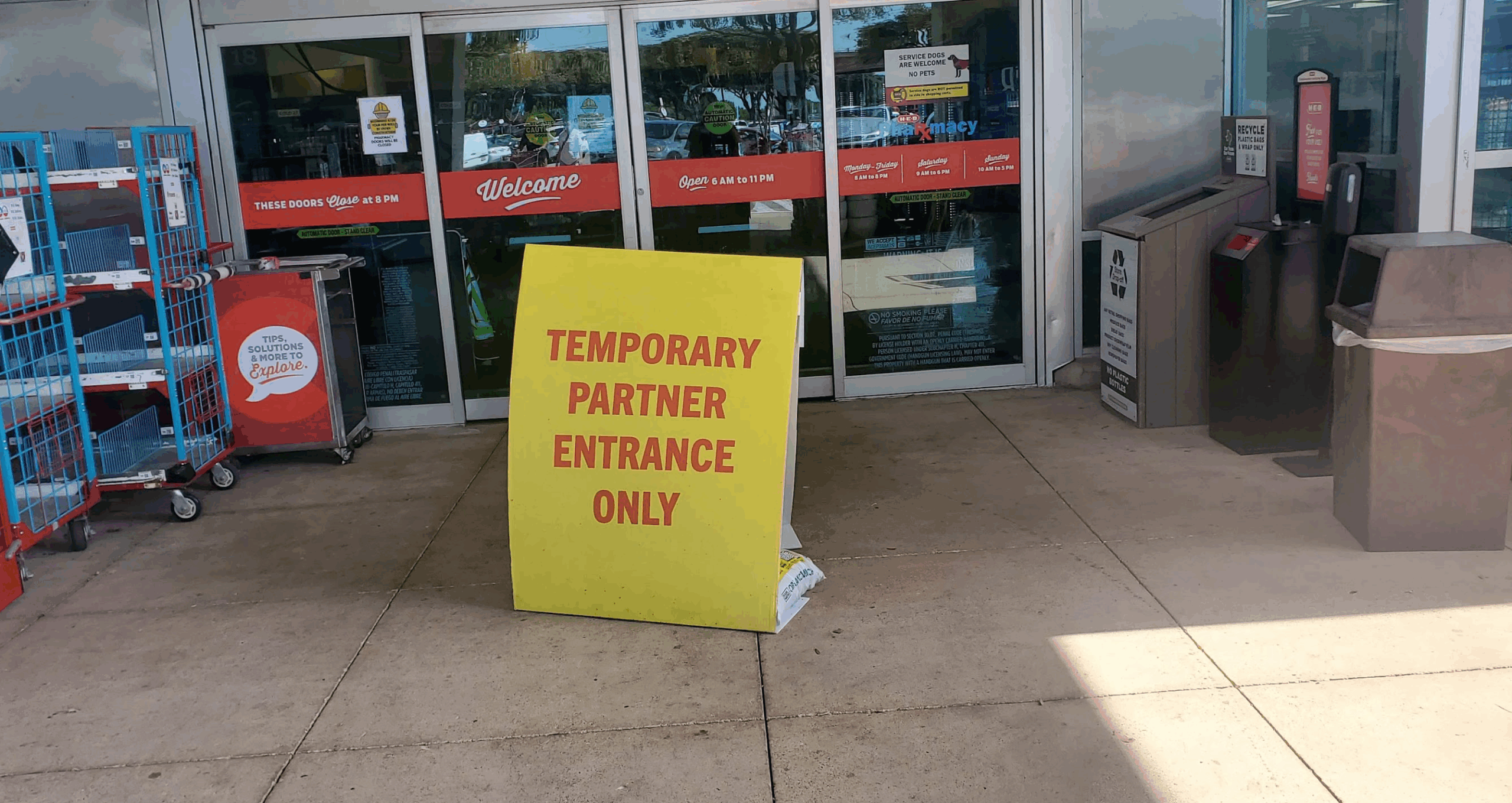In a surprising turn of events, South Korea’s Gumi City Council recently experienced an unusual incident involving their robotic civil servant, highlighting both the advancements and challenges in workplace automation.
On a routine workday, the robot, affectionately nicknamed “Robot Supervisor,” was found unresponsive at the bottom of a stairwell. This event has erroneously been labeled by some as South Korea’s first instance of “robot suicide” – a term that inappropriately anthropomorphizes the situation.
Developed by California-based Bear Robotics, known for their innovative robot waiters, this civil servant robot had been diligently serving since August 2023. Unlike many service robots confined to single floors, this advanced model could navigate the entire building independently, even utilizing elevators to move between levels.
The incident occurred around 4 PM when council staff discovered the unresponsive robot. Witnesses reported observing the robot “circling in one spot as if something was there” before its approximately 6.5-foot fall down a flight of stairs. The robot had been working standard 9-to-5 shifts and even possessed its own civil service ID card, underscoring the extent of its integration into the workplace.
In response to this unexpected event, the Gumi City Council has collected the robot’s components for thorough analysis. Concurrently, Bear Robotics is conducting its own investigation into the incident. As a precautionary measure, the council has postponed plans to deploy another robot officer.
This occurrence has ignited discussions about the increasing presence of robots in professional environments, particularly in South Korea – a country boasting the world’s highest robot density, with one industrial robot for every ten human employees.
While some media outlets have speculated about “work stress” or “depression” in relation to this incident, it’s crucial to maintain a realistic perspective. Robots, despite their advanced capabilities, do not possess emotions or consciousness comparable to humans. The ongoing investigation will likely focus on technical malfunctions or programming issues rather than psychological factors.
As we continue to integrate robotics into various aspects of our work and daily lives, incidents like these serve as important reminders of the complexities involved. They underscore the need for ongoing research, development, and careful consideration of how we implement and interact with these technological advancements.
This event in Gumi City offers valuable insights for businesses and governments worldwide as they navigate the evolving landscape of workplace automation. It highlights the importance of robust testing, continuous monitoring, and the development of comprehensive protocols for managing and maintaining robotic assistants in professional settings.
As we move forward, it’s essential to approach the integration of robotics with both enthusiasm for their potential and a pragmatic understanding of their limitations. By doing so, we can work towards creating more efficient, safe, and productive work environments that harmoniously blend human expertise with technological innovation.
[Author’s Note: This article is based on current information available about the incident. As investigations are ongoing, some details may be subject to change or further clarification.]




